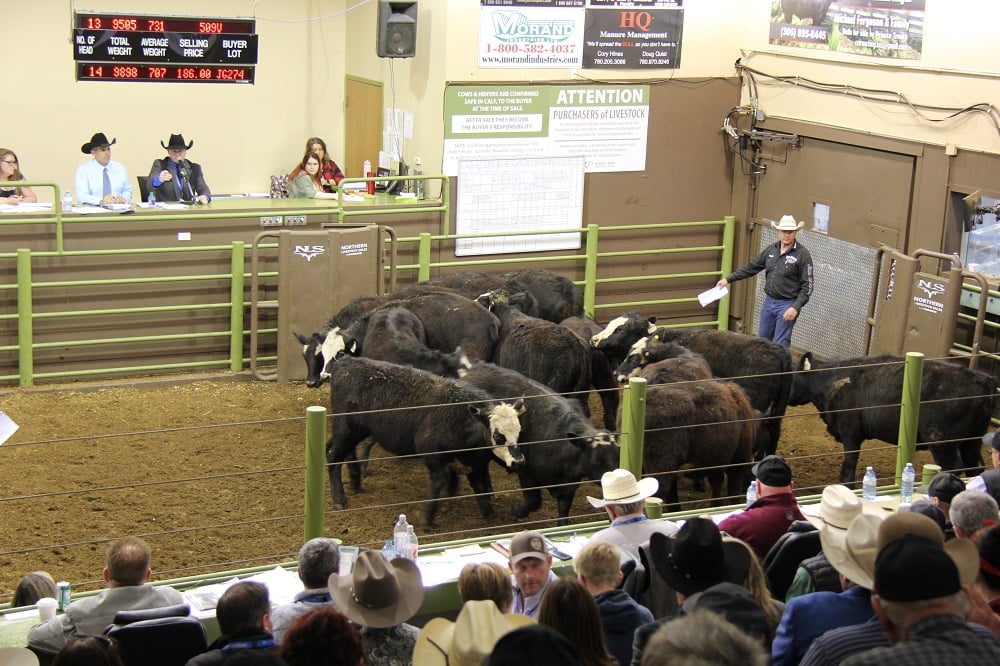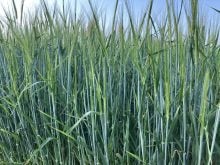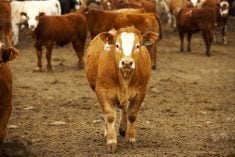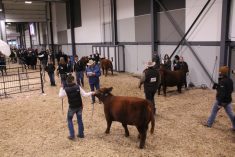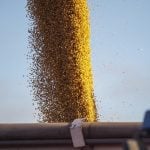Fed cattle
Fed cattle prices surpassed expectations for the summer market, only experiencing a moderate downside through the third quarter of 2023. Recently, the market has held mostly steady, trading between $231/cwt and $233/cwt. The third week of September posted a fed steer average of $232.87/cwt, which is $50.93/cwt higher when compared to the same week in 2022.
While prices remain strong in Canada, the fed cattle basis is wider than normal as local markets continue to trade further back than expected from the U.S. markets. The cash-to-cash fed basis the third week of September was -$15.95/cwt.
Read Also
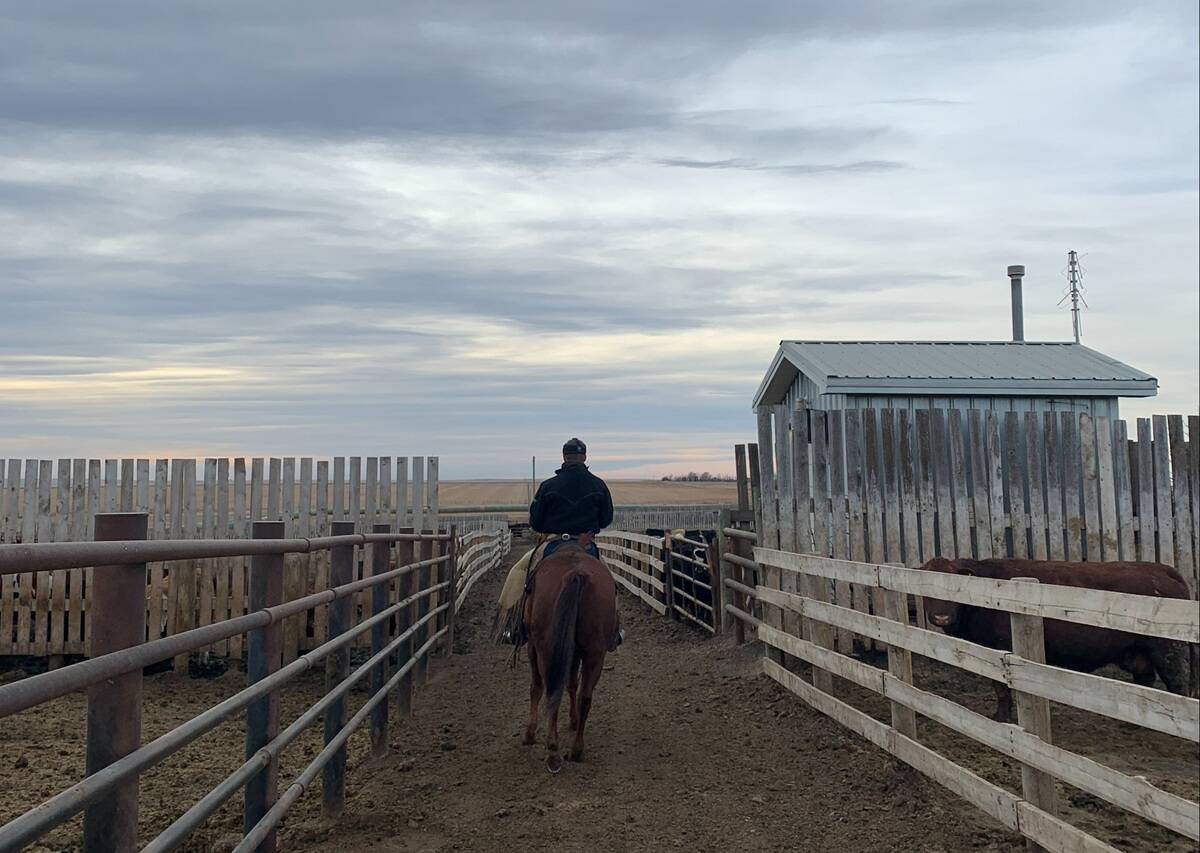
Pen riders still better than tech at detecting respiratory disease in feedlot cattle, says researcher
Recent research found that pen riders are better than tech at flagging signs of BRD in feedlot cattle
Lower cost of gain has led to longer-fed heavier market cattle and ultimately added to the seasonal increase in fed cattle carcass weights. The fed steer average carcass weight in mid-September was 938 lbs., an increase of 24 lbs. from mid-August but still 11 lbs. smaller than the same time in 2022. Cattle-on-feed numbers in Alberta and Saskatchewan crept higher than year-ago levels in the most recent report. On September 1, the on-feed total was two per cent higher than a year ago at a total of 826,316 head, resulting from the larger August placements.
Placements were 73 per cent larger in August at 155,405 head. The placement increase was partially a result of drought-forced early fall run cattle. The lack of feed and short supply of yearlings was also redirecting exposed heifers into feedlots and onto feed.
Fed cattle slaughter numbers have picked up, although cumulative numbers for 2023 are still smaller than a year ago. Fed steer slaughter as of mid-September was eight per cent under the year-ago comparison at 1,163,961 head while fed heifer kill was five per cent lower than last year at 697,927 head. Fed cattle exports to the U.S. as of the first week of September are down four per cent from a year ago at 317,327 head. That number includes fed cows.
Deb’s outlook for fed cattle:
Summer-fed cattle supply should slow and cattle lift times shorten. In the fourth quarter, families will be back into school routines and early holiday demand will start to push fed cattle prices. Fourth-quarter demand should increase the cut-out value particularly as buyers look for middle meats to fill holiday needs. In the very near term, prices may remain mostly steady as long-fed, heavier cattle get cleaned up. However, expect higher fed cattle prices later in the fourth quarter as feedlot leverage increases.
Feeder cattle
Early drought forced feeder calf movement in the past couple of months. Included in these increased auction numbers is an increase in internet sales, both current and forward delivery, of over 47 per cent in 2023. Large numbers of forward-sold calves in Alberta over the past few weeks were met by aggressive buyers and record-high prices. Local prices still hold at record levels; the third week of September saw 550-lb. feeder steers average $401.79/cwt, which was an improvement of $129.18/cwt over the same week in 2022. A smaller calf crop, lower feed costs, expectations for reduced beef production and a strong fed market in 2024 have all added fuel to the feeder market.
The yearling run has slowed considerably and heavier classes of feeder cattle have held mostly steady. The 850-lb. steer average the third week of September was $328.84/cwt, which was $90.34/cwt or 38 per cent higher than the same time in 2022. The feeder basis was almost $10/cwt wider than last year at -$11.93/cwt. However, that’s $8.57/cwt stronger than just two weeks ago.
Feeder cattle exports to the start of September are 30 per cent under year-ago volumes at 113,562 head. Recently released export data to the end of July shows year-to-date imports at 162,000 head, which confirms Canada is on track to be a net importer of feeder cattle this year.
Deb’s outlook for feeder cattle:
Feeder calf prices are expected to remain strong through the fall run in response to the smaller calf crop in Canada and expectations of a strong fed market in 2024. That said, the market will also see the normal seasonal pressure as volume increases through October. Most weight classes were at negative margins at press time, which will slow any additional upside. As the bulk of the Canadian calf crop comes to market, expect prices to soften, although a strong floor will remain.
Non-fed cattle
The cull cattle market has been under pressure. Deteriorating pasture conditions increased cow availability throughout the summer. The Alberta D2 cow price has softened and is below the U.S. canner cow market. Buyers had the upper hand, pushing the D2 cow price average to $135.10/cwt the third week of September, which was down 14 per cent or $21.90/cwt from the high set earlier in the summer. Although cow prices are trending lower when compared to a year ago, the average D2 cow price is $33.51/cwt stronger.
The slaughter bull price also trends downward. The third week of September, the butcher bull average was $155.07/cwt.
Non-fed slaughter numbers increase week-over-week and cow slaughter in Canada was up seven per cent as of mid-September, totalling 341,093 head. Bull slaughter was up 26 per cent to 13,156 head. Total cow marketings in 2023 are pegged to be larger again, even with the reduced total inventory numbers.
Deb’s outlook for non-fed cattle:
Seasonally, it’s the time of year when additional cows and bulls are marketed. This will continue to soften the non-fed market in the near term. Lack of winter forage in many areas will deepen the cull, pressuring cow prices. As fall run volumes slow and fed cattle prices improve, the non-fed market should also start to rebound. If additional feed is available, it’s often wise to hang on to cull cows into the new year as prices historically trend higher in the first quarter.



